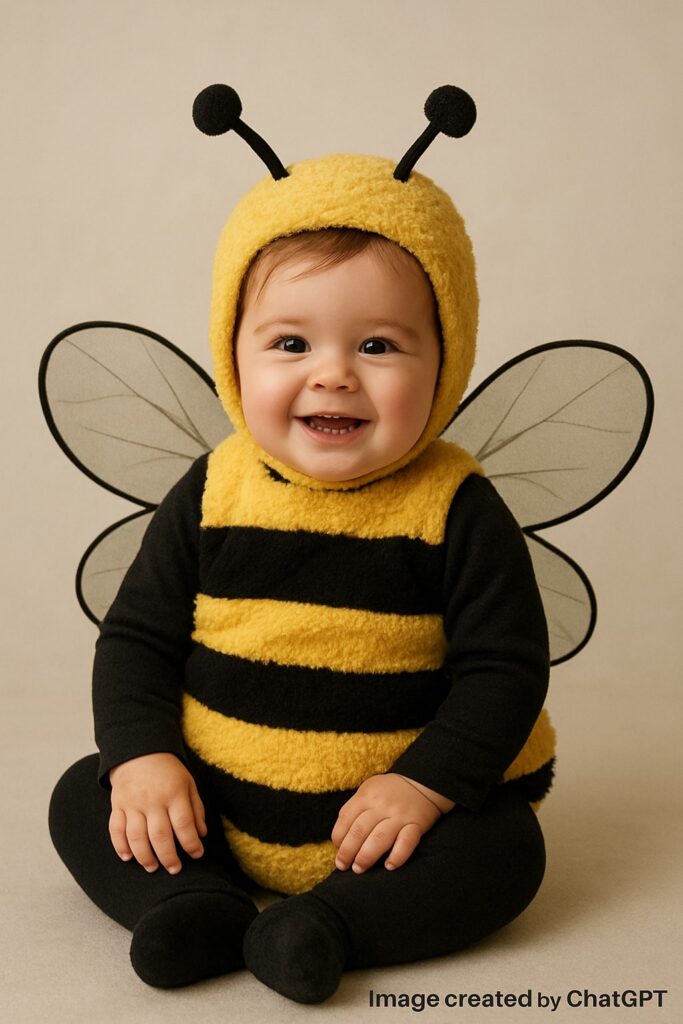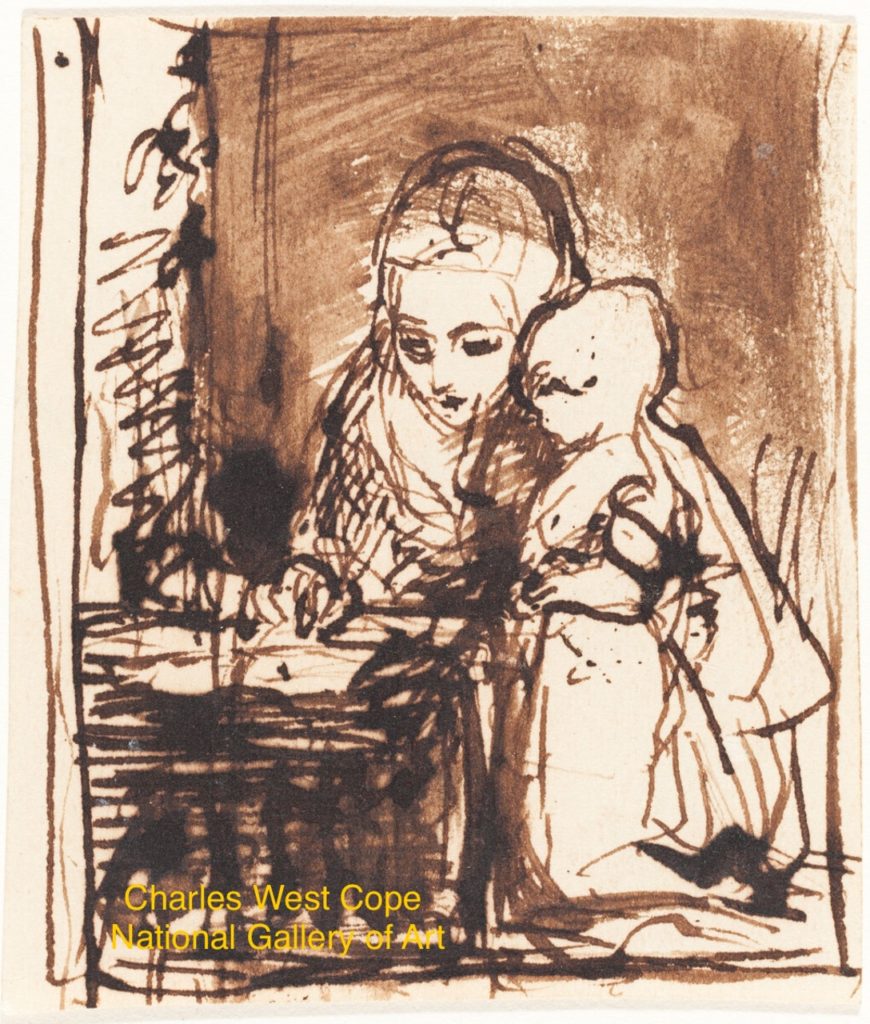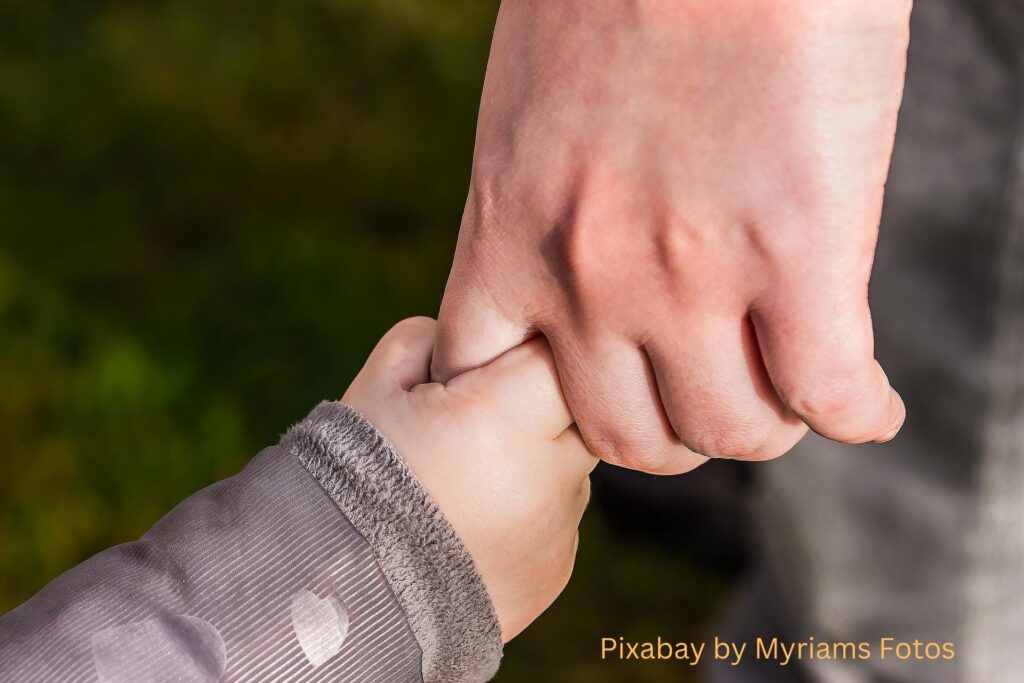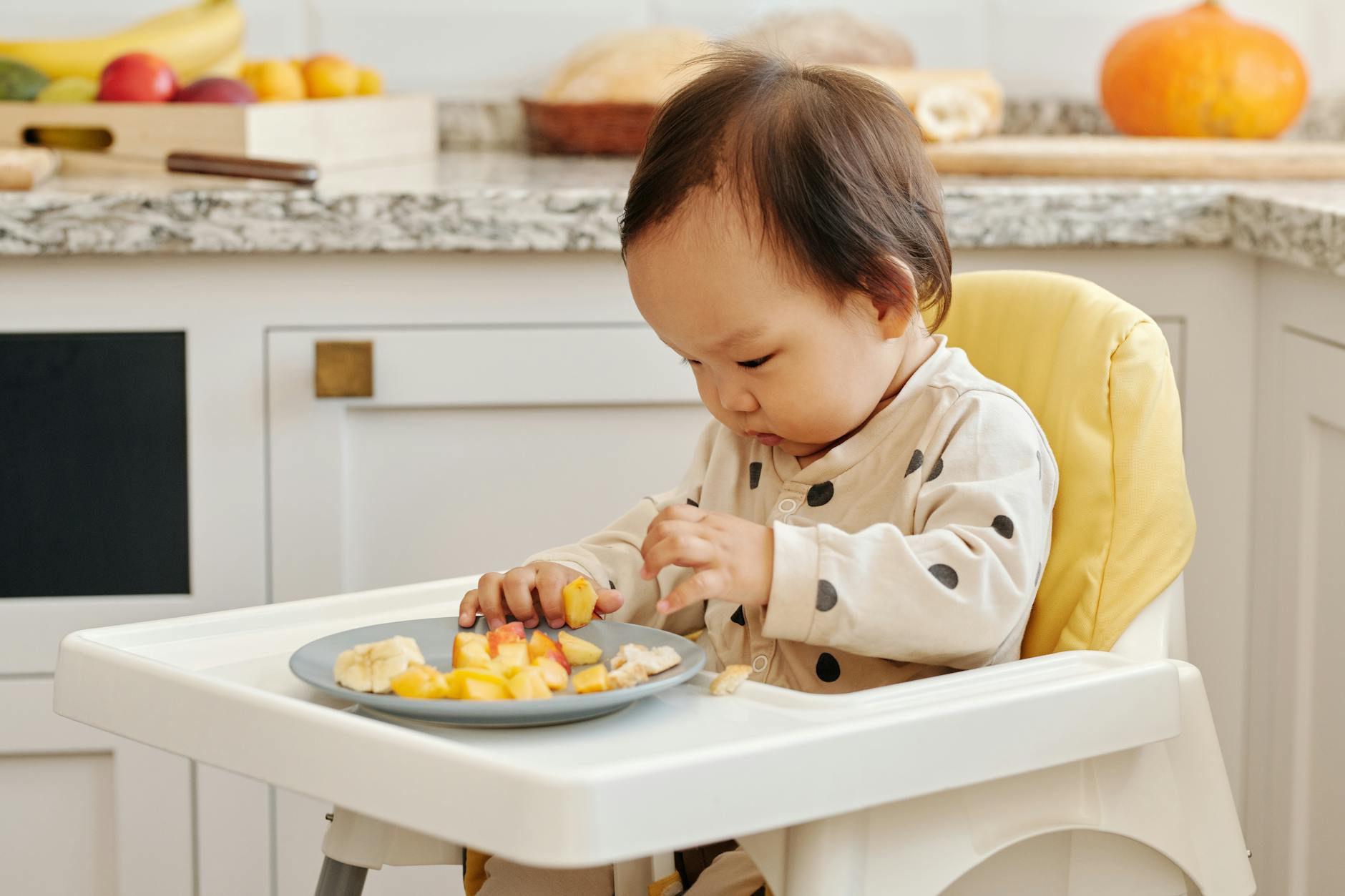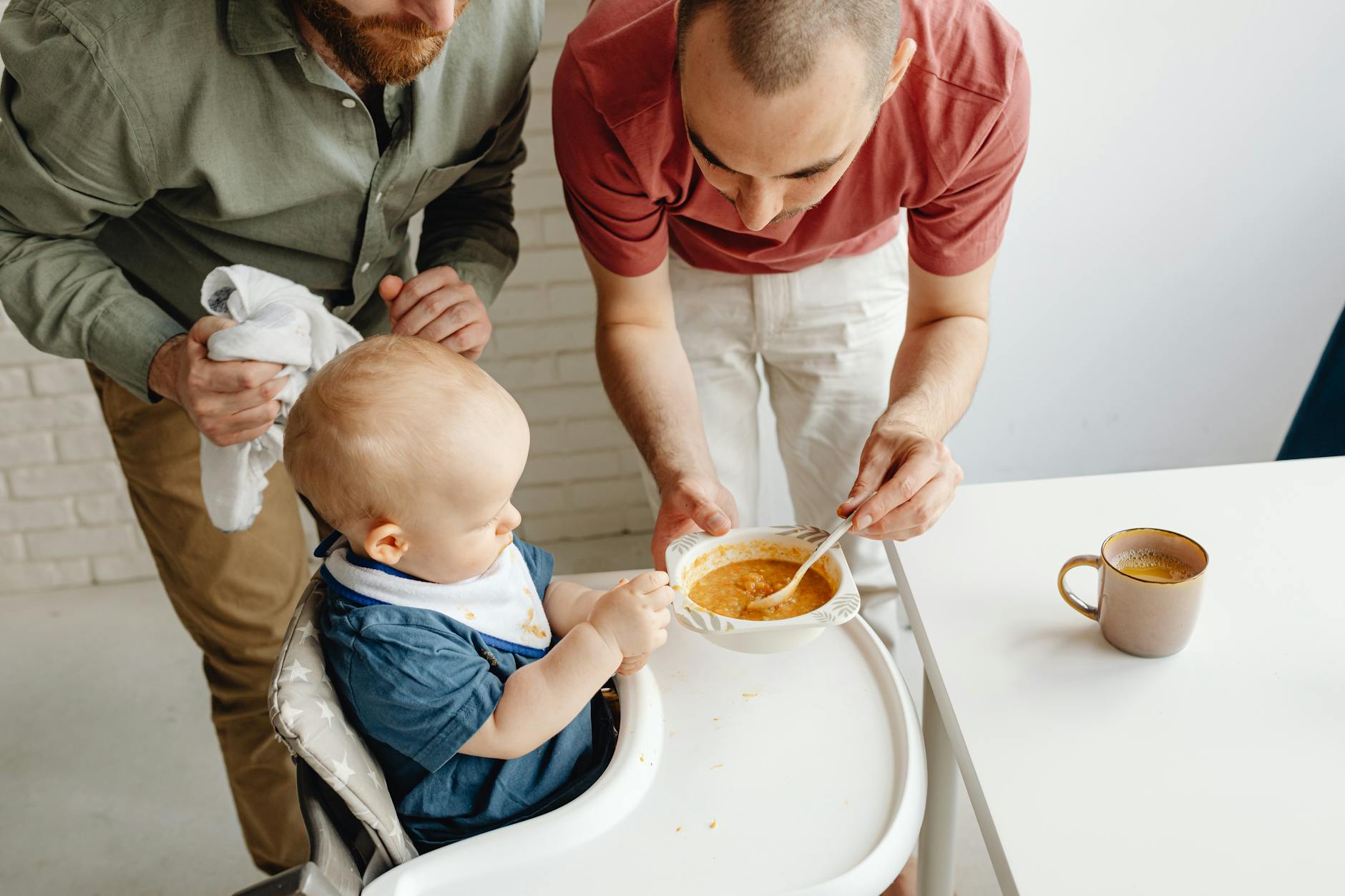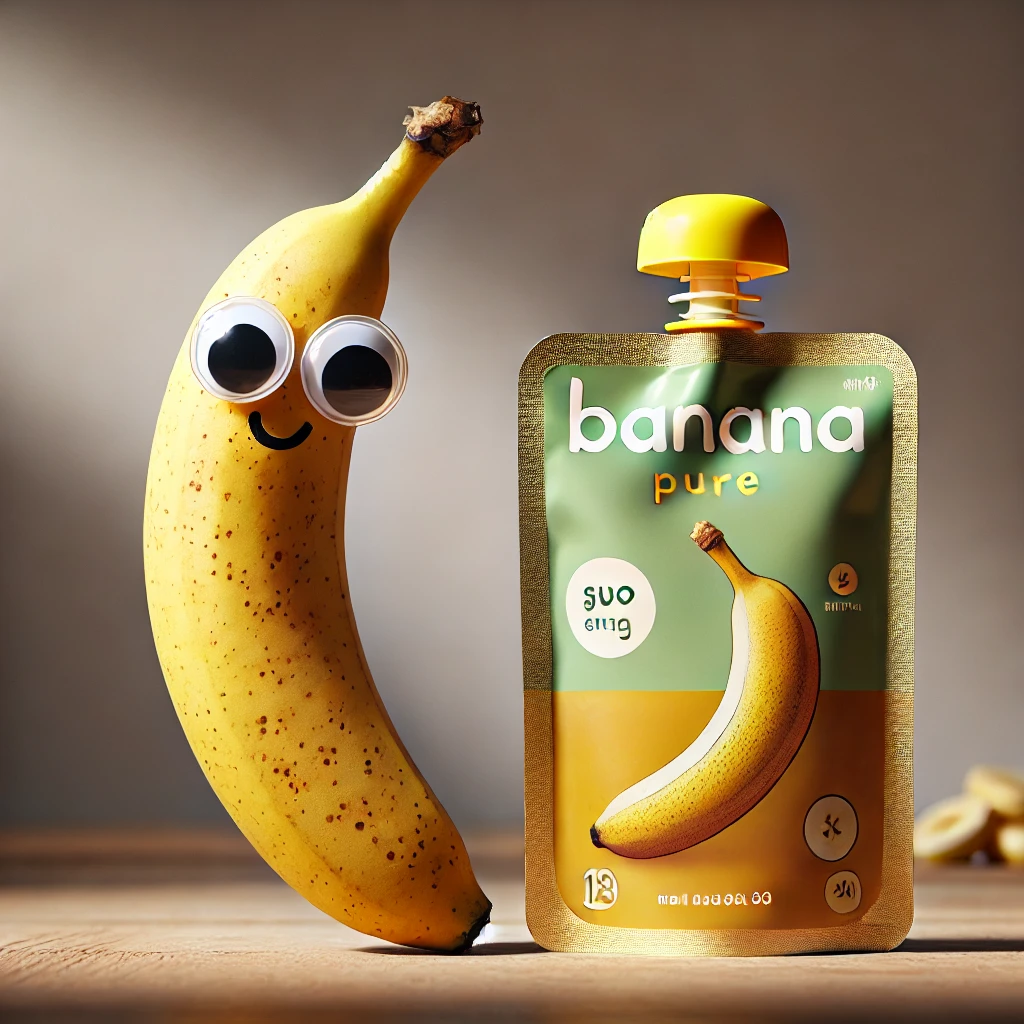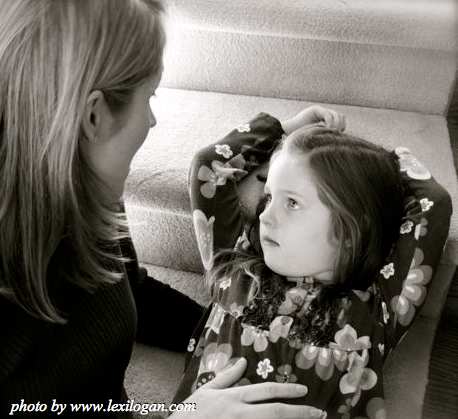Gift Ideas for Newborns: Recommendations from Pediatricians
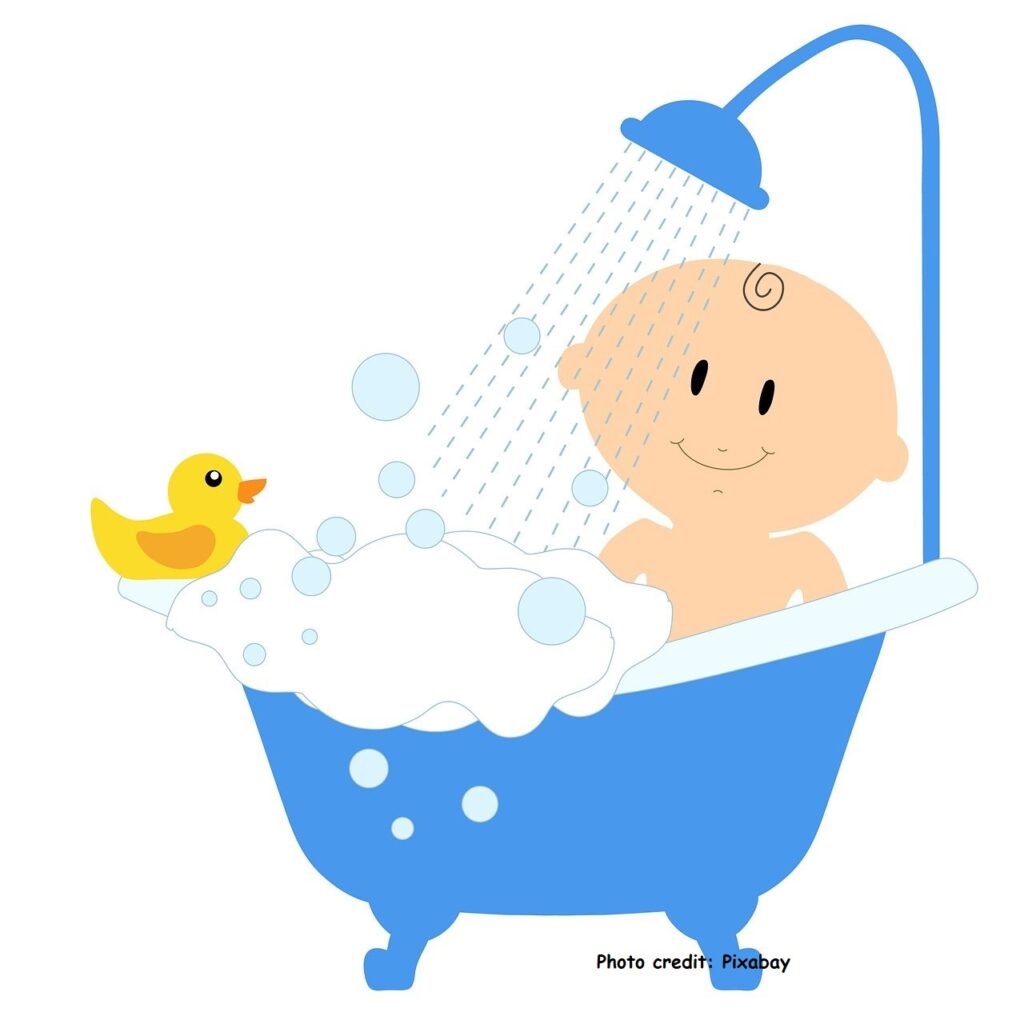
Looking for gift ideas for baby showers or baby namings beyond cute baby outfits and big items? Dr. Kardos welcomes a little one into her family soon so we thought we’d give you some pediatrician-inspired ideas. These gifts support the essentials of what little (and big) people need to do: eat, sleep, pee, poop, love, and learn.
EAT
Pick up breast pump accessories, bottles and nipples, post-partum doula help, and lactation consultant sessions for the new mom.
Vitamin D supplementation is recommended for all babies, whether breast or formula fed. The dose is 400 IU = 10mcg per day. Ask the pharmacist for help finding these over-the-counter baby vitamins.
Parents eat too. Give a gift certificate to a delivery service such as uber eats or door dash. A homemade casserole or supply of ground coffee goes a long way.
SLEEP
Sleep sacks
Colorful swaddles for the colicky baby
Crib or bassinet sheets
AVOID: crib blankets, crib pillows, and weighted sleepers and blankets. Please do not add weight to the baby! All of these products carry a risk of suffocation and increased risk of Sudden Infant Death Syndrome (SIDS). Avoid crib bumpers and soft plushy devices that could be mis-used as a sleep space for a baby. The only safe place for a baby to sleep is in their own bassinet or crib.
For moms breast feeding in winter: consider pajamas with the shirt made for breast feeding.
For parents: consider giving new bedsheets. Many moms experience sweaty sleep as their body chemistry adjusts from pregnancy to life beyond giving birth. New parents might find themselves changing their own bedsheets more frequently than before.
PEE and POOP
Diapers- parents will appreciate not having to run out to restock- consider getting size 1 or 2 as newborns outgrow the “newborn” size diapers fairly quickly. Sound like a blase idea to you? Make a diaper cake.
Diaper rash prevention creams- get a white zinc oxide containing cream and something clear like Vaseline petroleum jelly or Aquaphor.
Simethicone gas drops for a gassy baby
Wipe warmer: is this a necessity? NO! Just scrunch up the wipe in your hand for a few seconds which warms it up to 98 degrees (body temperature) before using it on the baby. However, if you are buying for new parents who have the essentials, a wipe warmer is a nice “extra.”
LOVE/health:
No pediatrician gift basket would be complete without acetaminophen (Tylenol) for treating pain and fever, but remind parents not to give acetaminophen to babies younger than 8 weeks (2 months) of age before checking in with the baby’s pediatrician.
Medication dosing syringe-a 5ml syringe is the most practical size.
Nasal saline – newborns often have something called Nasal Congestion of the Newborn. New parents should not overdo suctioning. Too much suction can cause irritation instead of helping a baby.
Bulb suction syringe – see above, helps remove mucus from baby’s nose and mouth to help feedings go better.
Easy-to-read thermometer- we suggest a simple digital thermometer that can be used rectally- the proper way to check for a fever in a newborn- and also in the armpit to use when the baby is 8 weeks of age or older.
Nail clippers and nail files- babies grow quickly and so do their nails!
Baby gum/tooth brush cleaner. You could also use a simple wash cloth for this purpose, but gum/tooth cleaners are fun to have.
Pacifiers- find several shapes and brands as it can be difficult to predict which kind the newborn will like. Remember, some babies just don’t like any of them, and that’s ok too.
LEARN:
Books, books, books! Parents can begin reading to their babies as newborns. Small board books with bright colors are a great start. Click here for our developmental guide to reading to a child.
Contribute to a 529 plan (education investment account) if parents have opened one for their child’s future education. This money can be used for K through 12 private school tuition, trade schools, college, and beyond.
For parents: the following are a few of our recommendations for educating parents about newborns:
Caring for your baby and young child, 8th edition, birth through age 5: American Academy of Pediatrics Drs. Tanya Altmann and David Hill
Heading Home With your Newborn: From Birth to Reality, Drs. Laura Jana and Jennifer Shu-5th edition
Baby 411– Dr. Ari Brown
The Ultimate Baby Book for New Dads: 100 Ways to Care for Your Baby in Their First Year– Dr. Roy Benaroch
Julie Kardos, MD and Naline Lai, MD
©2025 Two Peds in a Pod®
